Royal Greetings from Hampton Court Palace!
The original Tudor Hampton Court Palace was begun by Cardinal Wolsey in the early 16th century, but it soon attracted the attention of Henry VIII, who brought all his six wives here. Surrounded by gorgeous gardens and famous features such as the Maze and the Great Vine, the palace has been the setting for many nationally important events.
When William III and Mary II (1689-1702) took the throne in 1689, they commissioned Sir Christopher Wren to build an elegant new baroque palace. Later, Georgian kings and princes occupied the splendid interiors. When the royals left in 1737, impoverished ‘grace and favour’ aristocrats moved in.
Queen Victoria opened the palace to the public in 1838. It has remained a magnet for millions of visitors, drawn to the grandeur, the ghosts and the fabulous art collection.
THE STORY OF HAMPTON COURT PALACE
1. THEY were the largest of Tudor England. 200 cooks, sergeants, grooms and pages worked to produce over 800 meals a day for the hungry household of Henry VIII. The variety of food available at court was staggering. Royal diners ate citrus fruit, almonds and olive oil from the Mediterranean. Food was sweetened with sugar from Cyprus and seasoned with spices from China, Africa and India.
2. IT was designed by the Bavarian Nicholas Cratzer, who was the ‘Deviser of the King’s (Henry VIII’s) horloges’ (time-pieces). The actual construction was by the clockmaker Nicholas Oursian, probably a French clockmaker and his assistants, perhaps Lawrence Daunton and Peter Doute, who were French and Dutch respectively.
At over 3m in diameter, it is an imposing sight, set in the clock tower that overlooks the inner courtyard. It was installed in 1540 (although there were earlier clocks at the palace) and, as well as telling the hour, the day and the month, it shows the phases of the moon and its age in the month, the signs of the zodiac, the movement of the sun (according to pre-Copernican theory), and, most usefully for the members of the court, who usually travelled by barge, the time of high tide at London Bridge. This latter piece of information was necessary, as the unembanked Thames was strongly tidal, and the rapids that appeared at low tide around the bridge were dangerous.
The rim of the clock is marked into 24 hour segments, labelled I – XII twice over. The additional information is shown by three concentric copper dials, which rotate at different speeds, using a gearing system. The central dial rotates once per lunar month, and shows the time when the moon crosses the meridian each day – from which the tide can be read. The middle dial, rotating annually shows the age of the moon and the outer dial (2.5m wide) which also rotates once a year shows days, months and the zodiac. The original clock also had three copper bells.
3. IT sits at the very heart of the Tudor palace at Hampton Court, towering over the surrounding buildings. It was designed to impress and to proclaim Henry VIII’s power and magnificence. By the time that Henry VIII’s carpenters began working on the huge timber roof in 1533, the King had divorced his first wife Katherine of Aragon and was married to his second, Anne Boleyn. To celebrate Henry and Anne’s marriage, the carpenters added Anne’s coat-of-arms to the roof and carved the entwined letters H and A on the wooden screen that can still be seen today. Can you can spot Anne’s falcon badge, the initials AR for Anna Regina and the ‘Eavesdroppers‘ (the carved and painted heads that decorate the roof)?
4. THIS is a life-size portrait of an enormous man who patrolled the palace corridors during the reign of Queen Elizabeth I. He is armed with a sword and holds a stand for a musket, a heavy arm carried by Tudor soldiers.
5. Sir Peter Lely painted these portraits of female courtiers in the 1660s, during the reign of Charles II. Lely styled his female subjects as alluring classical goddesses, posed elegantly, even suggestively. This became the fashionable look of the day, inspired by the artist’s chief muse, Barbara Villiers, mistress of Charles II. Sitting for a portrait by Lely became a desirable statement of status and taste. But fashions change and in the 19th century these paintings were described as ‘pin-ups’ of courtesans – decadent art for the debauched Stuart court.
6. IT was original designed for William III and Mary II (1689-1702) by architect Daniel Marot. His elaborate parterre had 13 fountain and was laid out to complement Sir Cristopher Wren’s new baroque palace.
7. IT is a beautiful stretch of water completed in 1660 by King Charles II. In a spectacular show of affection – the king dedicated this water feature, complete with its double row of lime trees as a wedding present to his bride-to-be, Catherine of Braganza.
The 12-mile Longford river – commissioned by King Charles to bring fresh water to Hampton Court Palace – was dug by a royal tenant farmer by the name of Edward Manning. He completed the immense task in just nine months.
Passing through Hounslow, Feltham, Bedfont and Hanworth before entering the royal estate at Bushy Park and into Hampton Court Palace, The Long Water is towards the end of the river, flowing in to the River Thames.
During his reign, Oliver Cromwell extended and improved river flow. Following his death, King Charles II was desperate to abnegate the glory of the court, so contracted famous French landscape gardener, Andre Mollet, to design something breathtaking. Mollet diverted the old course of the Longford River at Hampton Court, pouring it into the magnificent canal of today.
Over time, each monarch’s river modification played crucial roles in both landscape history and ecological terms enhancing bio-diversity dramatically and crafting the wondrous and thriving ecosystem we enjoy today.
8. IT is one of the most accurately reconstructed gardens because so much was recorded about the original in 1702. William III died before the garden was completely finished, which meant all the gardeners and workmen were frightened of not being paid. They therefore submitted the fullest possible accounts of their work. Can you find the wrought iron screen at the river end? IT is the masterpiece of Jean Tijou, a master blacksmith who had fled religious persecution in France. His work can be seen throughout the formal gardens and inside the palace. He was never paid for his work.
9. IT is now 250 years old and is the largest grape vine in the world. It was planted in 1768 and in 1887 it was already 1.2 metres (4′) around the base. It is now four metres (13′) around the base and the longest rod is 36.5 metres (120′). IT is grown on the extension method where one plant fills a glasshouse, as Victorian gardeners thought this method would produce a larger crop.
10. Commissioned around 1700 by William III, IT was planted as part of a formal garden layout known as the ‘Wilderness’. IT covers a third of an acre and is known for confusing and intriguing visitors with its many twists, turns and dead ends. On average, it takes 20 minutes to reach the centre.
ANSWERS
3. GREAT HALL
6. VIEW OF THE GREAT FOUNTAIN GARDEN
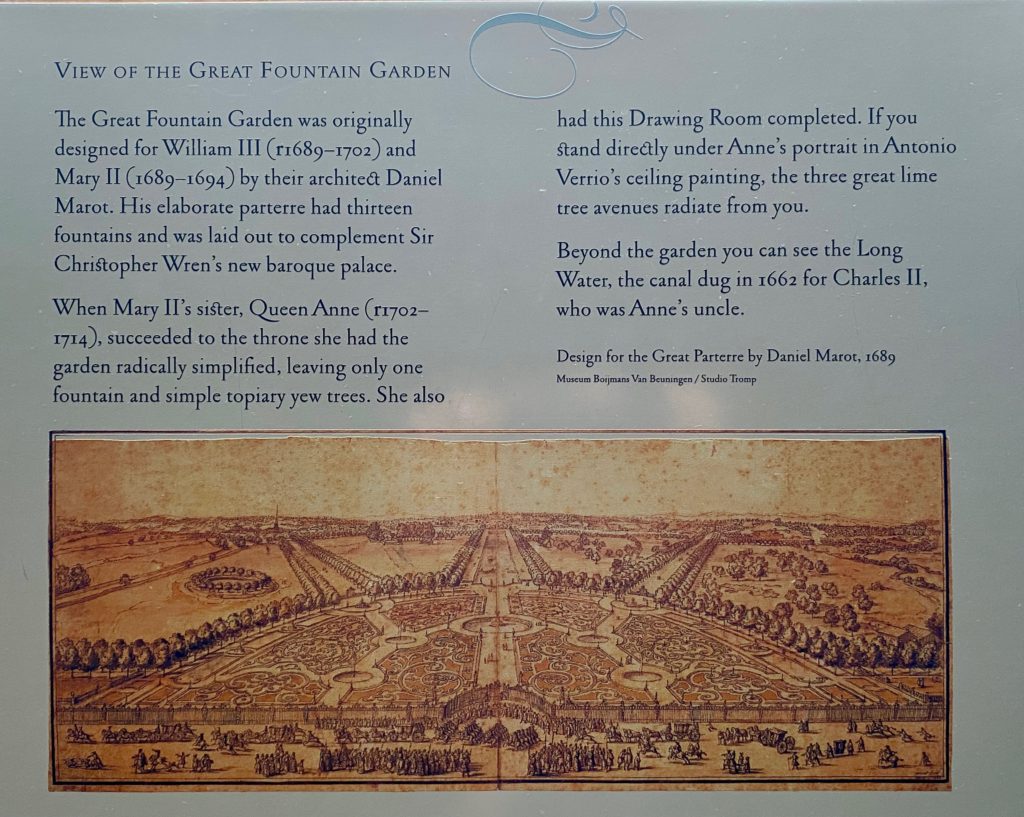
8. PRIVY GARDEN: RESTORED TO ITS 1702 GLORY
9. THE GREAT VINE: THE LARGEST GRAPE VINE IN THE WORLD
10. THE MAZE
The Hampton Court Maze – Jerome K. Jerome (fragment from “Three Men in a Boat”)
MAP . pdf
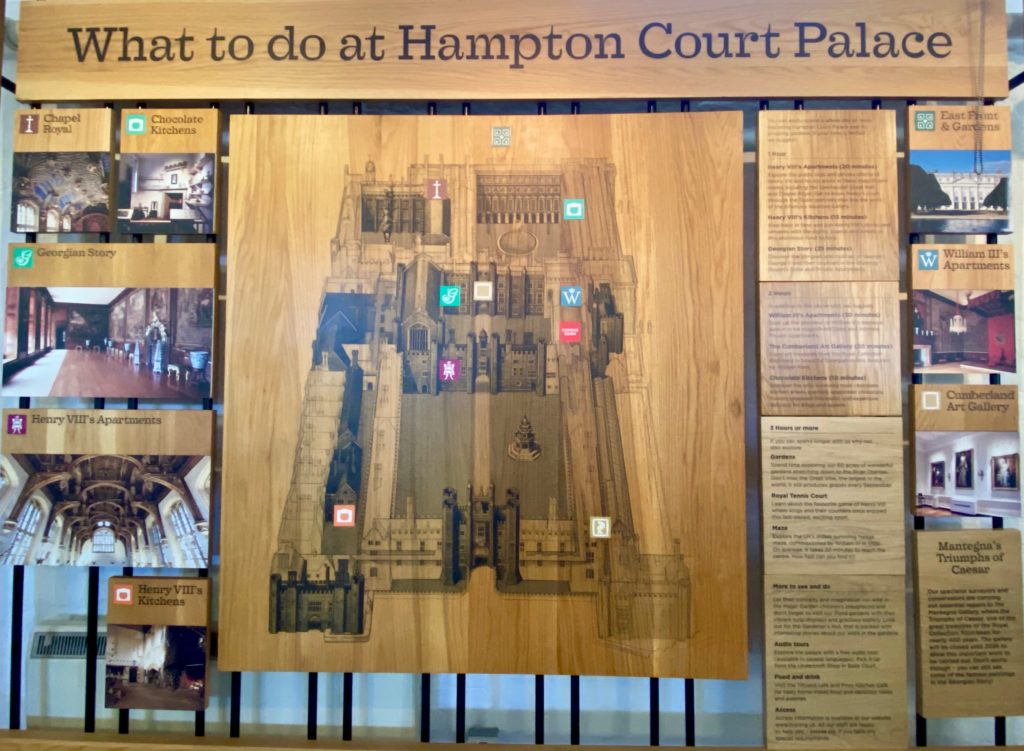
REFERENCES
Hampton Court Palace, home to Henry VIII – Visit Gardens
Hampton Court Palace: Wolsey’s Masterpiece
Opening the gates of Hampton Court Palace for virtual visitors to enjoy
THE GARDENS AT HAMPTON COURT PALACE
The Palace: From the Tudors to the Windsors, 500 Years of British History at Hampton Court

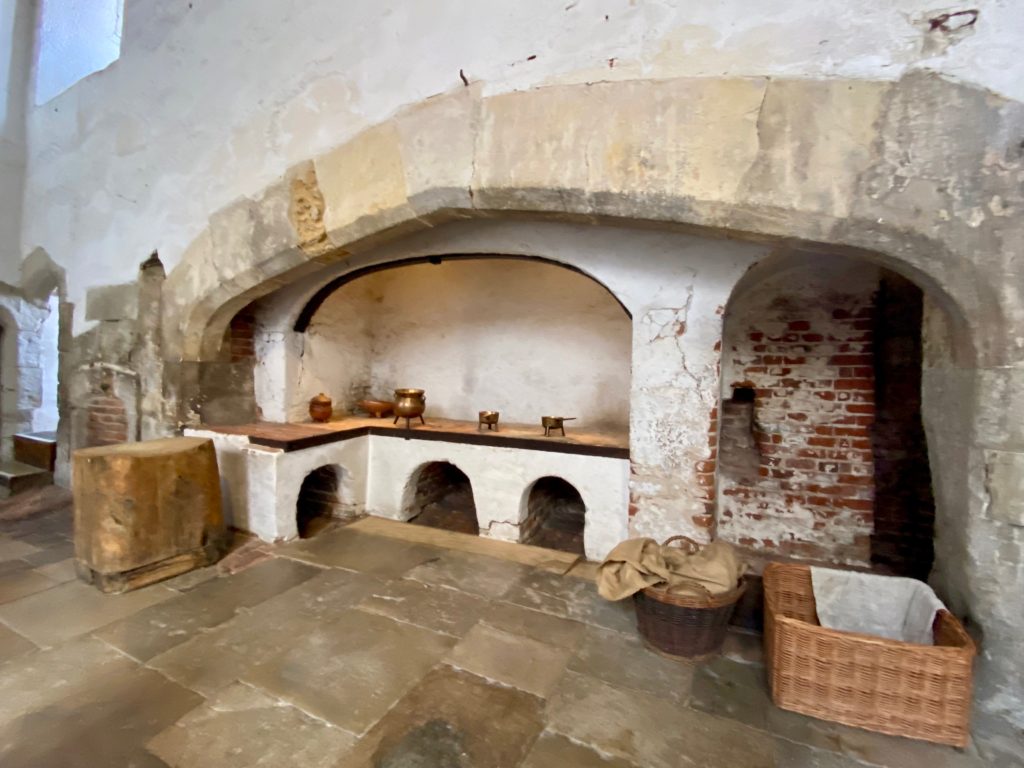
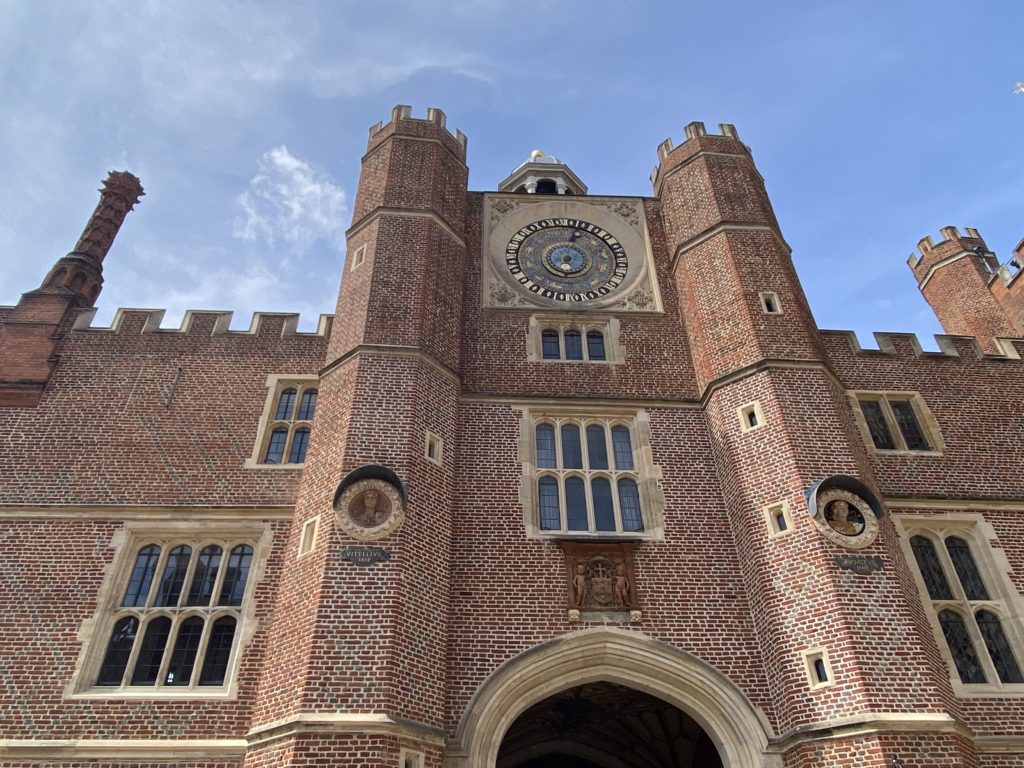

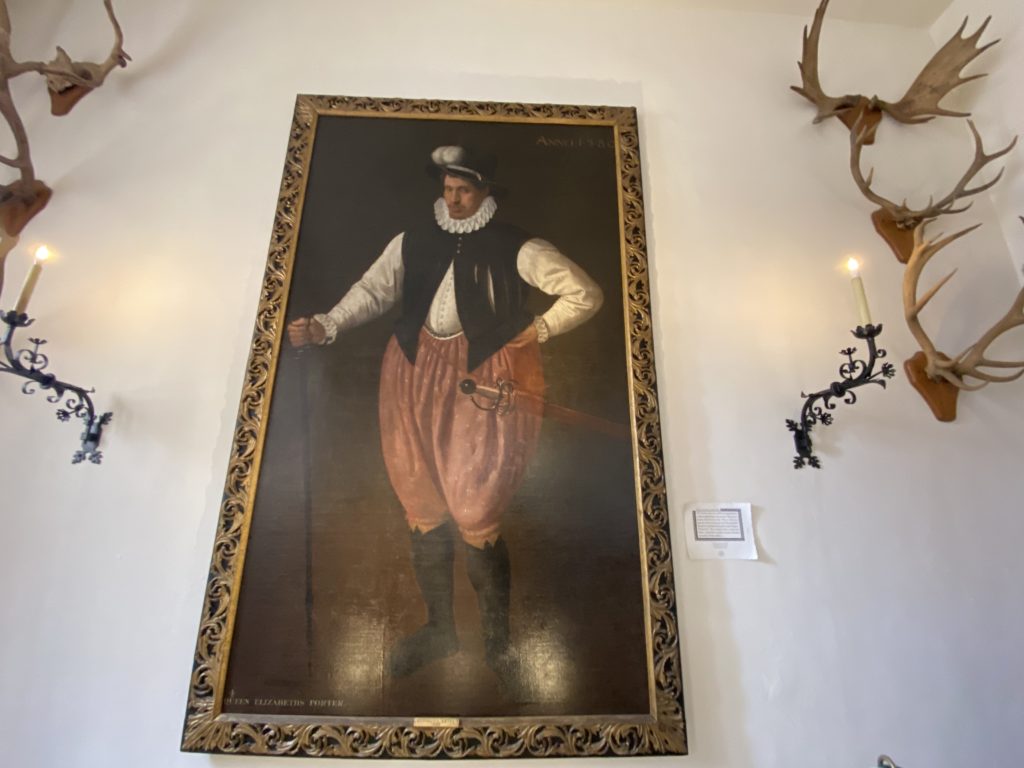
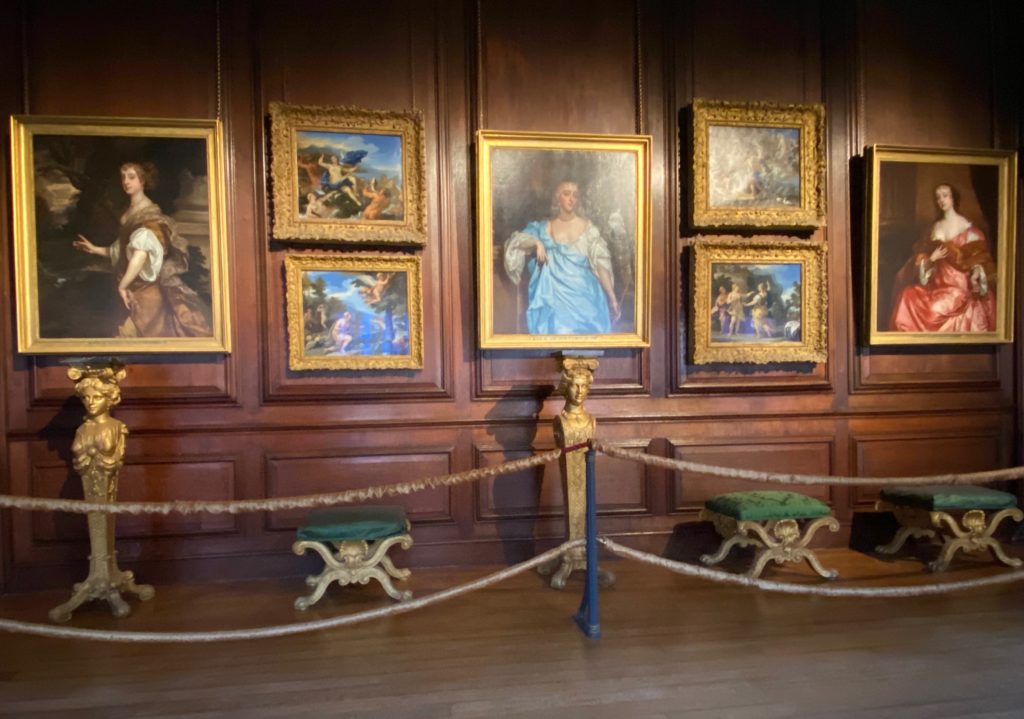
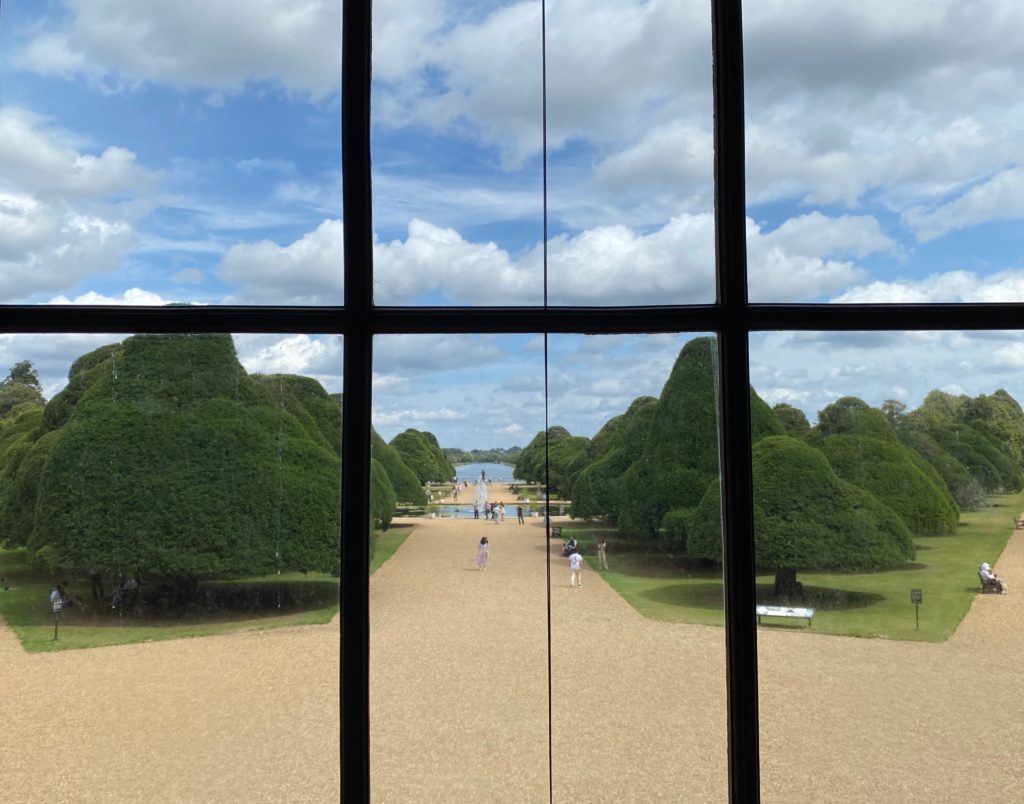
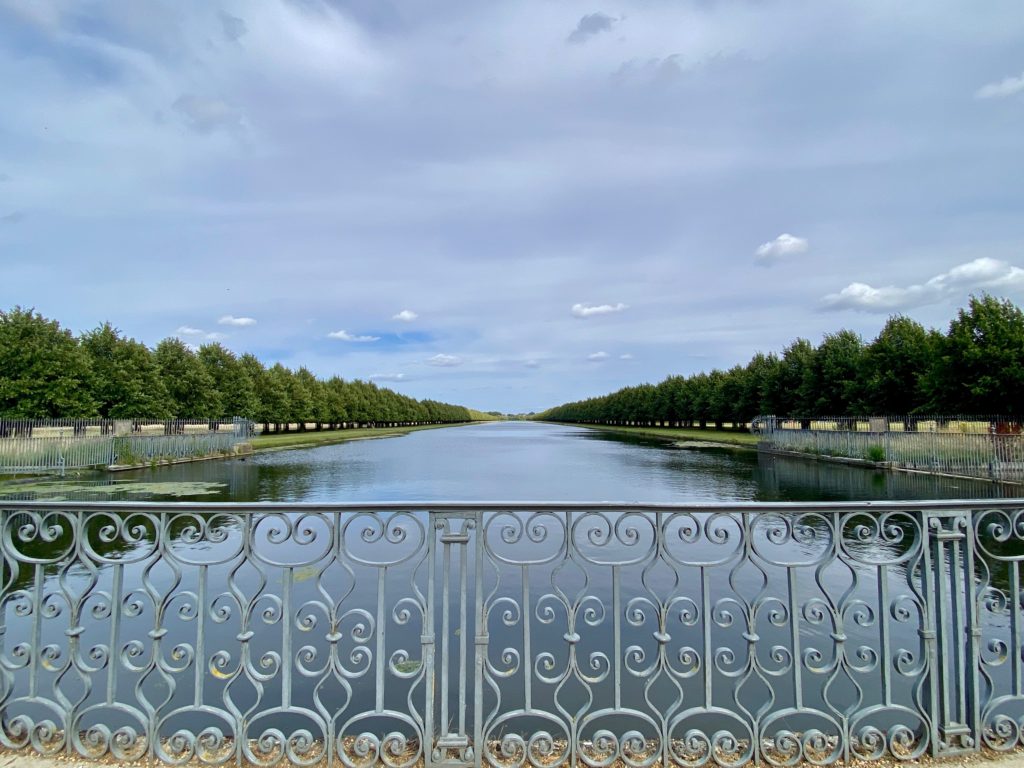
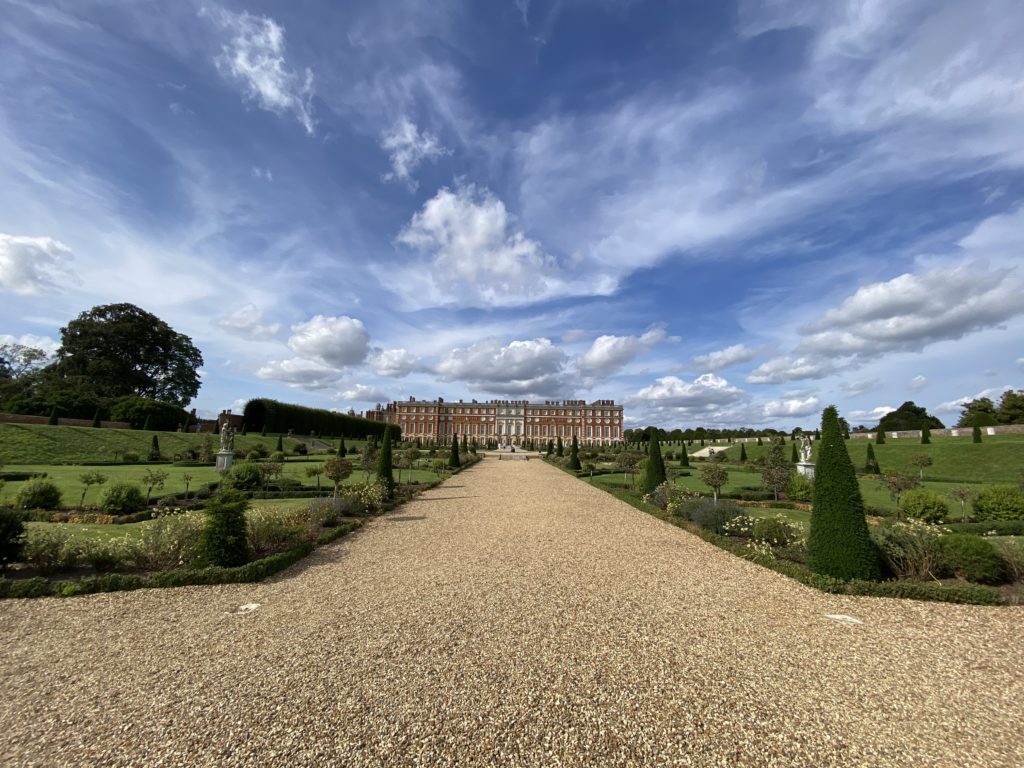
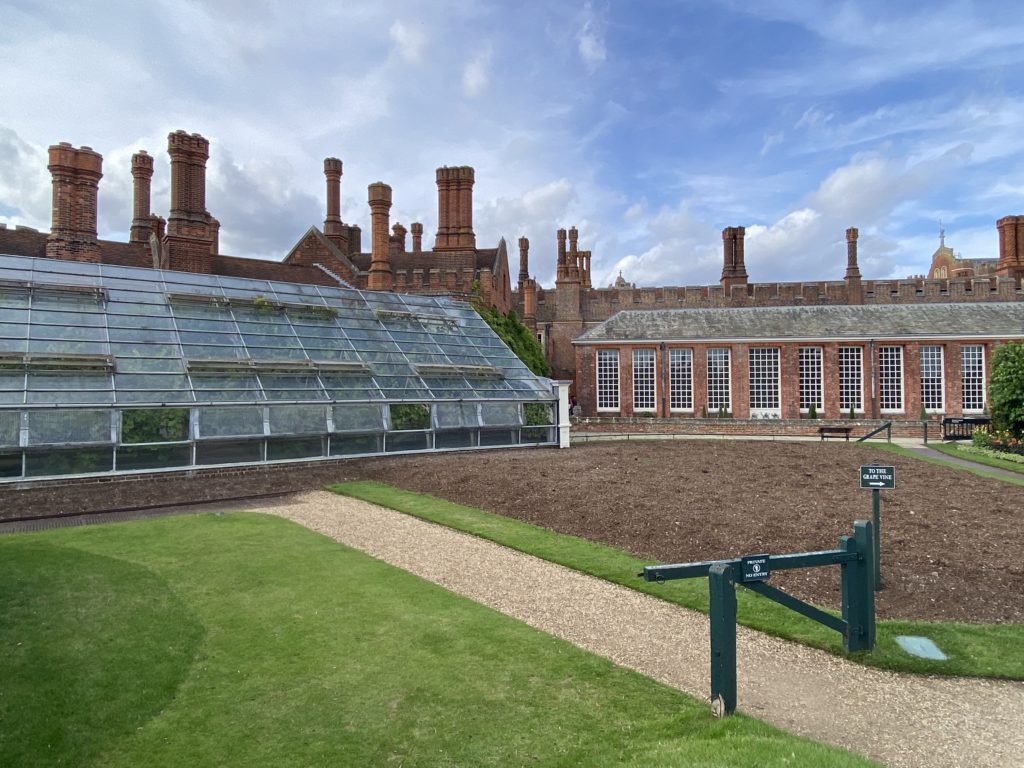
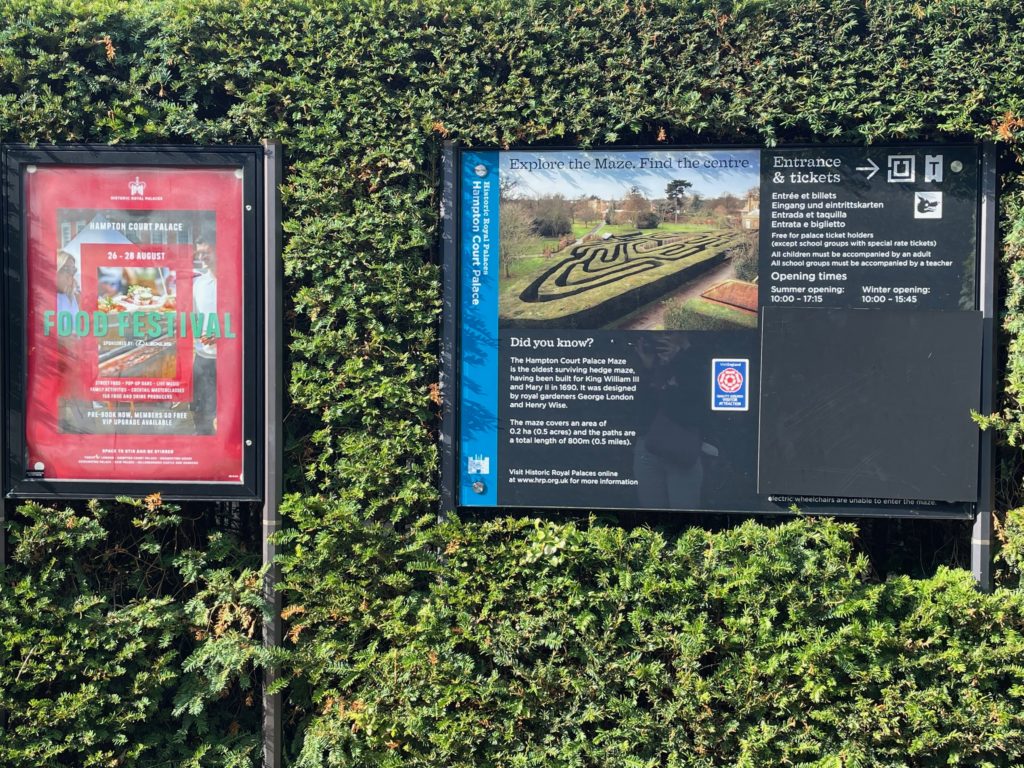
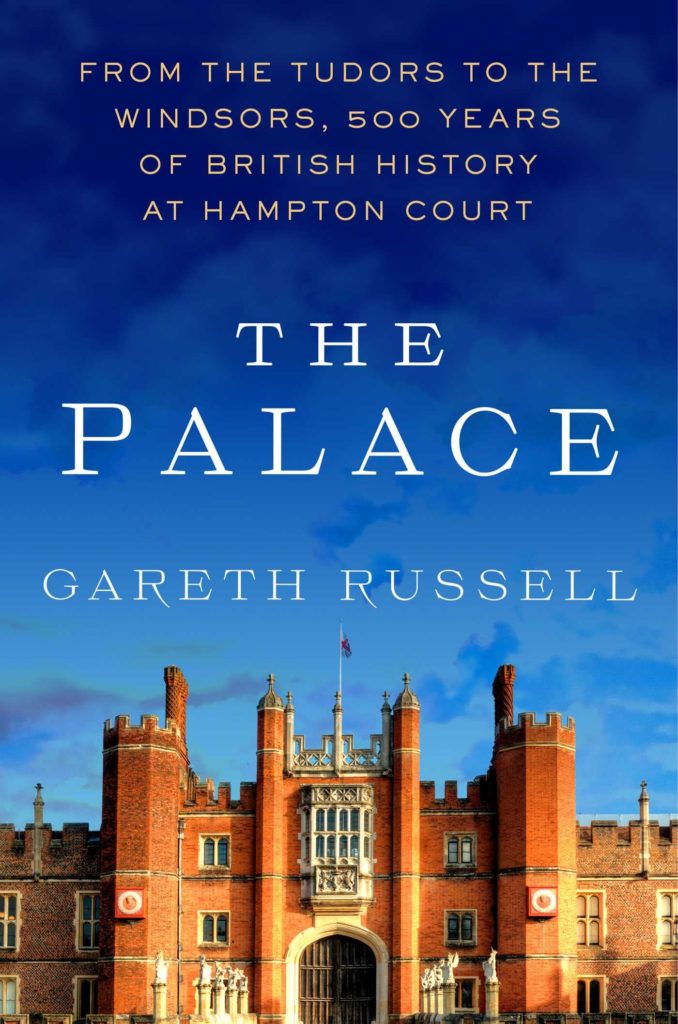
Pingback: 2023.07.23.LON: Hampton Court | C I T I N E R A R I E S